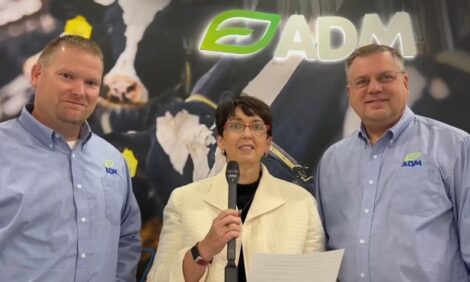



Research catalogs grasses from native Pantanal pastures
Pantanal ranchers now have a guide to native grasses in the biome, with description of plants and management recommendations aimed at environmental sustainability and cattle raising, the main productive activity in the region. The publication is supported by the Support Foundation for the Development of Education, Science and Technology of the State of Mato Grosso do Sul ( Fundect ). “This is the second publication on forages in the Pantanal”, informs zootechnician Sandra Santos , a researcher at Embrapa Pantanal (MS).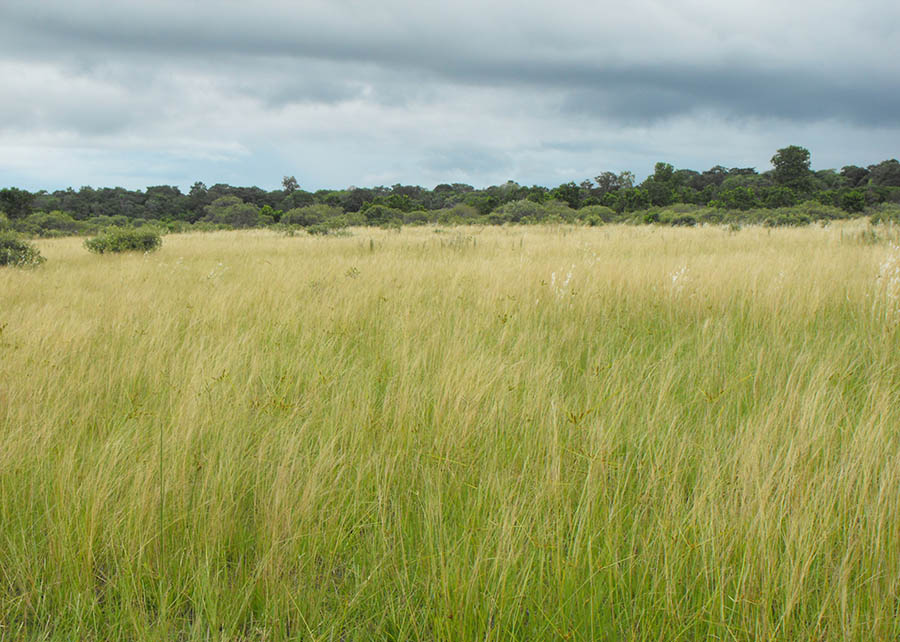
“The Pantanal is a very complex biome in its vegetation”, says the researcher at Embrapa. For more than 30 years at the Company, Santos has investigated the characteristics and uses of native pastures in the Pantanal biome, which in some ecosystems can achieve high quality, productivity and support capacity. “The challenge is to explore pastures with high levels of proteins and minerals, high resistance and adaptability to the Pantanal environment [especially when compared to exotic species]”, he declares.
The scientist informs that the guide highlights the benefits of conserving native pastures, especially those in humid areas. She explains that they are nutritionally rich plants and preferred by animals. If they are found on a rural property, it is recommended to maintain them through sustainable management, often called on farm management . “If there is no proper management, the cattle give preference to them and cause overgrazing, which may end up with the seed bank and degrade the pasture, which is only recovered with interventions”, details Santos.
“We need to conserve these native pastures because of the incredible heritage of renewable resources that they are. Maintaining this heterogeneity is advantageous for the producer, who needs to know what is good about his farm in order to better plan the use of forage resources. ”
Cattle protect biome from fire
Santos points out that the importance of beef cattle for the Pantanal goes beyond the economic field: it also plays an important environmental role. “Maintaining native pastures makes the producer able to have productivity, heterogeneous environments and helps to conserve the environment with sustainability”, he says. “The biome's landscape was shaped by cattle. Without it, the fields become dirty and the increase in phytomass [plant mass] of some phytophysiognomies [types of vegetation] can favor large fires. The animals do this service, through the intense grazing of humid areas, and this helps to form natural barriers, in addition to making these environments heterogeneous and rich in plant diversity. ”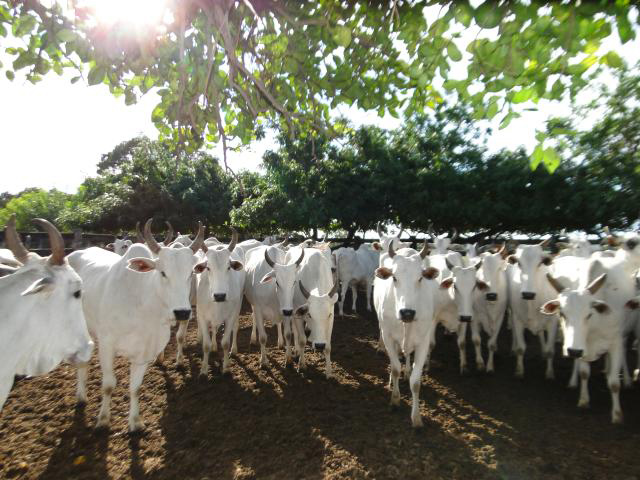
According to the researcher, the Pantanal is a mosaic of landscapes with humid, intermediate and dry areas. “We have areas of fields, savannas and forests. Although in forested areas cattle may consume some species of plants to supplement the diet (especially in minerals), this complementation does not offer all the support that the animal needs. But it is interesting to have this diversity: when we are able to work with the heterogeneity that the Pantanal has, we offer a very rich and resilient diet for cattle, and we still conserve habitats for other species of animals and plants, ”he reveals.
Floods are responsible for modifying and maintaining the dynamics of pastures in wet and seasonal areas every year. The biome has some higher and lower regions, as well as places that are affected by flooding through the overflow of rivers, and others only through rain.
For the researcher, farms affected only by rainfall are better for livestock because, in most cases, cattle can remain on the property all year round. “Those that are flooded by the river generally need another farm to manage between the upper and lower parts during extreme floods.” She clarifies, however, that the integrated management between the high and the low part is interesting in the areas with more clayey soils to favor the rest of the pastures, avoiding the continuous trampling, which causes compaction and probable degradation.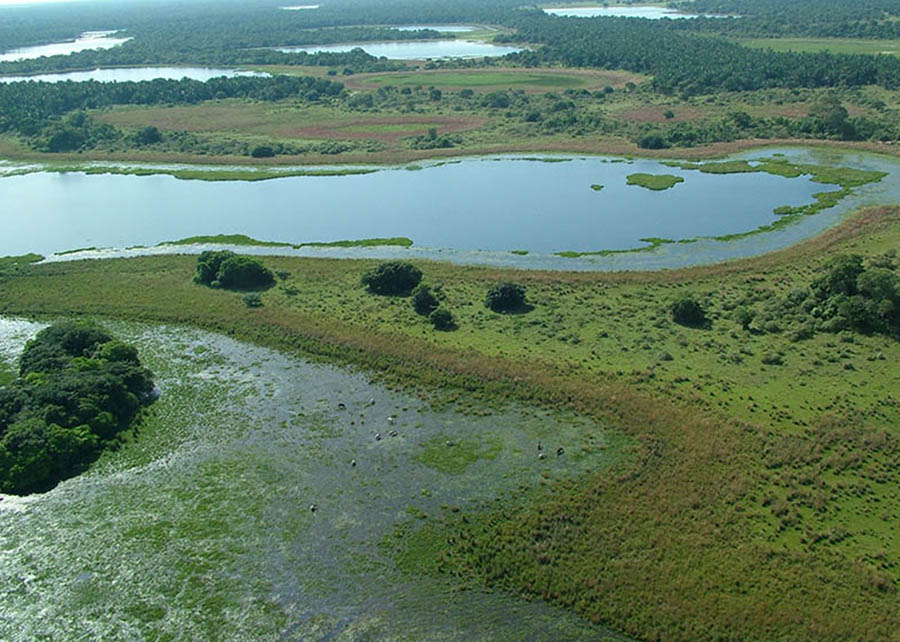
In a region with so many landscapes and variations, it is expected that the carrying capacity for livestock - which in general is around 3.6 hectares per cattle - also varies considering the location of the property, year and period. “When the lower areas dry up, they have greater availability of pasture because the high-quality natives are usually in these humid areas. It is a soil that has a higher content of organic matter from nutrient cycling. ” With this, the diversity of pastures favors the balanced diet of the animals and ensures that they have food in the most varied times and environmental conditions. However, the scientist points out that not all properties have ecosystems of native pastures in humid areas.
Use native forage
In humid locations around water bodies, therefore, the researcher recommends that replacement by exotic pastures should not be performed due to the high quality of the native species present. In this case, Santos says, the most advantageous for the producer is to identify the native forage species existing on the property and, then, do everything possible to favor the development of his seed bank, ensuring that they are maintained (both due to their large size) nutritional value and the diverse ecosystem services that these pastures offer). This management will provide greater support capacity and savings in food supplements.
“When the species is available, or there are consecutive years of drought, we have to manage them in such a way that the best quality natives, preferred by cattle, can sow and regenerate without the need for external inputs. From the moment that the property loses the seed bank of these species, we can try to enrich it by throwing more seeds in the place, usually using mixtures appropriate to the conditions of the environment. But then the cost is higher - in addition to seeds, we have to put in labor. It is more economical to do good management to maintain them. ” Another limiting factor is that there are no specific native forage seeds on the market for these areas.
As a simple method for managing heterogeneous and extensive areas, the researcher suggests dividing the pastures into three areas for each herd. “With two of them you can make an annual management, while the third is closed for the whole year. Some species need a year to recover ”, he describes. “In the dry season, we would work with two open areas; in the rainy season, we prohibit the most degraded one so that it will recover - the sealing time varies depending on the rains. The other year, we closed the one that is in the worst condition for an entire year and worked with the other two. ” This is a simple initial strategy that can be improved over time, considering the specificities of key forages.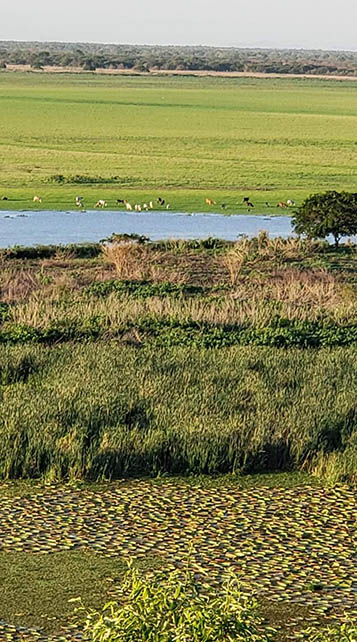
The scientist says that the producer can also save money, delimiting large areas for herds, reducing costs with fences when working with mosaics. “We are also investigating the possibility of prescribed burning and grazing, associated with the estimation of the carrying capacity according to the types of pastures available. Some species need grazing, otherwise they disappear, while with others the opposite happens. ” However, burning would be used only as a last option, that is, when another sustainable management practice is not available.
Maintaining moderate stockings is ideal, according to the expert, so that there is a cycling of nutrients. Associating forage species can also be a way of enriching the animals' diet, especially in flood-free and very poor areas, as well as using several animal species in a pasture.
Application under development
Currently, this information is being used to build a management application, developed in partnership with Embrapa Informática Agropecuária (SP), which helps producers, technicians, students and professionals in the area to identify native species in the field.
“With the support of Fundect, National Council for Scientific and Technological Development ( CNPq ) and in partnership with the Federal University of Viçosa ( UFV), we developed a program to assess the quality of these native forages - mainly the need for mineral supply. From a simple evaluation in the field, it is possible to analyze the proportion of species. These data are inserted in the program, which assesses the nutritional value of pastures and estimates the needs for protein, energy and mineral supplementation. This tool is also related to the quantification program for environmental services, especially in the production of high-quality forages in humid areas that have a high grazing capacity for the production of calves, which is one of the services provided by native pastures, ”he details. the researcher informing that, in addition to the provision services, other ecosystem services are being quantified.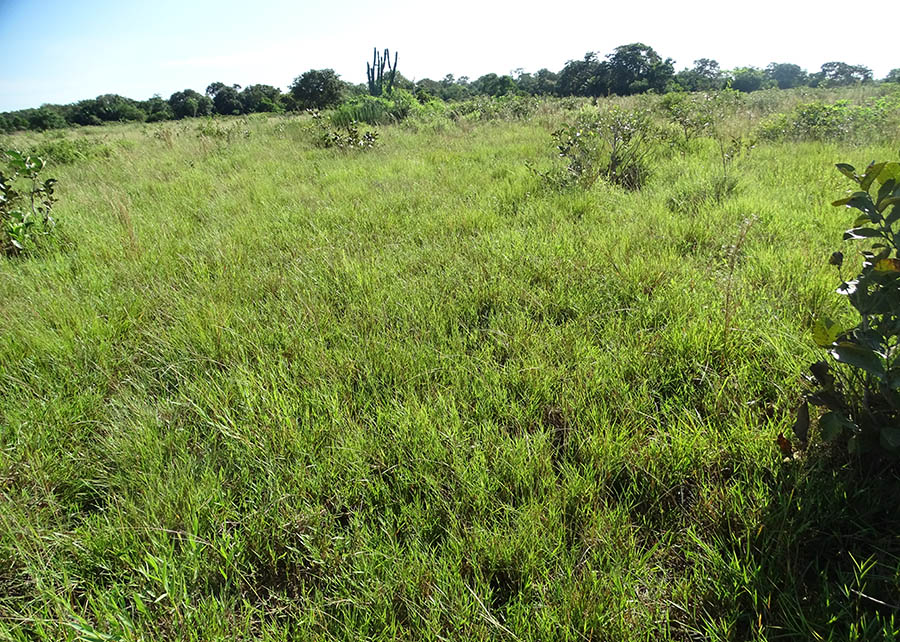
Imagine livestock that, at the same time, conserves native pastures and benefits from this diversity, both environmentally and financially. “We have to value this heterogeneity and not standardize it, this is the message. We have to seek the multifunctional use of the property. As a result, ecosystem services will be maintained and the producer who conserves the diversity of resources can make a profit and also be compensated financially in the future. I believe the world will pay a lot for this, ”he warns.



